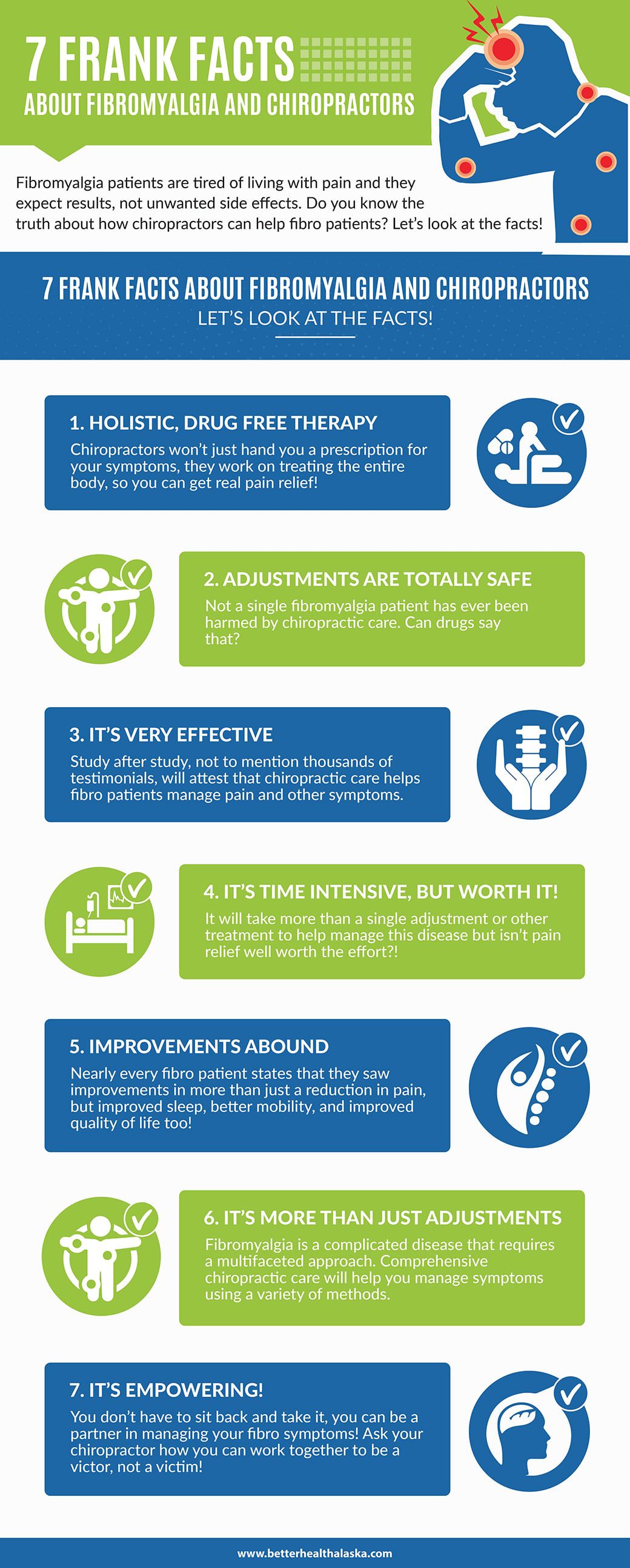Dental Braces Yourself For An Exploration Right Into The Fascinating Cellular Interactions Of Cold Laser Treatment And Its Usage Of Light As A Recovery Device. Take A Deeper Study The Clinical Facets!
Dental Braces Yourself For An Exploration Right Into The Fascinating Cellular Interactions Of Cold Laser Treatment And Its Usage Of Light As A Recovery Device. Take A Deeper Study The Clinical Facets!
Blog Article
Short Article Composed By-Rosendahl Kornum
You may have heard of cold laser therapy as an appealing therapy alternative for various problems, yet have you ever before questioned exactly how it actually works on a cellular level? Recognizing the systems behind this therapy can clarify its effectiveness in promoting healing and minimizing swelling. By exploring the scientific research behind cold laser treatment, you'll get insights into the interesting ways in which light can affect mobile processes and help with cells repair.
Just How Cold Laser Therapy Functions
To understand exactly how cold laser treatment works, you need to grasp the basic concepts of how light power communicates with biological tissues. Cold laser therapy, also known as low-level laser therapy (LLLT), makes use of particular wavelengths of light to permeate the skin and target hidden cells. Unlike the intense lasers utilized in surgeries, cold lasers send out reduced degrees of light that do not generate warm or cause damage to the tissues.
When these gentle light waves reach the cells, they're soaked up by elements called chromophores, such as cytochrome c oxidase in mitochondria. This absorption sets off a series of biological responses, including boosted cellular energy manufacturing and the release of nitric oxide, which boosts blood flow and minimizes swelling.
Furthermore, the light power can likewise boost the production of adenosine triphosphate (ATP), the energy currency of cells, assisting in cellular repair work and regrowth procedures.
Basically, cold laser therapy harnesses the power of light energy to promote healing and alleviate discomfort in a non-invasive and mild way.
Mechanisms of Action
Exactly how does cold laser treatment in fact work to create its healing effects on organic tissues?
https://www.acupuncturetoday.com/mpacms/at/article.php?id=32725 , additionally known as low-level laser treatment (LLLT), runs with a process known as photobiomodulation. When the cold laser is applied to the skin, the light energy penetrates the cells and is absorbed by chromophores within the cells.
These chromophores, such as cytochrome c oxidase in the mitochondria, are after that boosted by the light power, bring about a cascade of organic responses. One crucial mechanism of action is the enhancement of mobile metabolic rate.
The absorbed light power increases ATP production in the mitochondria, which is critical for cellular feature and repair service. In addition, cold laser treatment assists to decrease swelling by hindering inflammatory mediators and promoting the launch of anti-inflammatory cytokines.
laser acne treatment darien anti-inflammatory impact adds to pain alleviation and cells recovery.
Restorative Effects
Recognizing the therapeutic effects of cold laser therapy includes acknowledging how the boosted cellular metabolic process and anti-inflammatory buildings add to its positive results on biological tissues.
When the cold laser is put on the affected area, it stimulates the mitochondria within the cells, leading to enhanced manufacturing of adenosine triphosphate (ATP), which is essential for cellular feature and repair. This increase in mobile power accelerates the recovery procedure by promoting cells regrowth and minimizing inflammation.
Additionally, the anti-inflammatory homes of cold laser treatment aid to decrease pain and swelling in the targeted location. By hindering inflammatory arbitrators and advertising the release of anti-inflammatory cytokines, cold laser treatment aids in reducing pain and improving the total recovery feedback.
This reduction in inflammation not only provides instant alleviation yet likewise supports lasting cells repair service.
go to this web-site
In conclusion, cold laser treatment functions by stimulating cellular fixing and tissue regeneration via photobiomodulation. Its anti-inflammatory properties give pain relief and decrease swelling by hindering inflammatory moderators.
This treatment offers a detailed strategy to healing, supplying both instant relief and long-lasting cells repair service benefits.
Via its systems of action, cold laser therapy confirms to be a reliable and promising treatment alternative for a range of problems.
